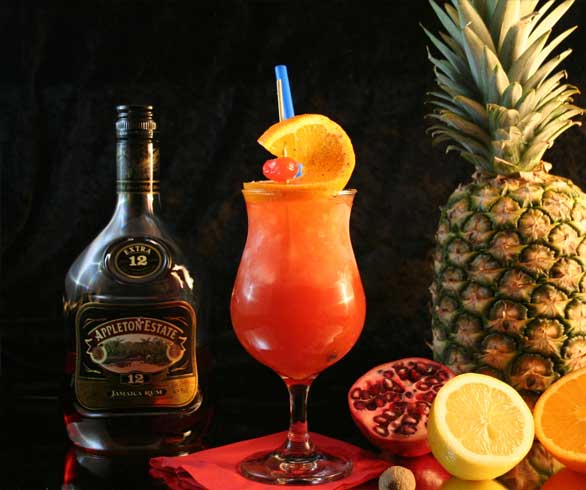A popular drink in many parties for kids (the non-alcoholic version) and adults (spiked liberally with alcohol) alike is the Punch. It is a better option as compared to carbonated drinks and alcohol. The alcohol content is generally less and Punches taste better than many alcoholic drinks. Fruit punches are very popular and if you are planning a party, try replacing the standard orange soda and colas. Serve a refreshing fruit punch at a kid’s party and a liberally spiked tropical punch at the adult’s shindig. While setting the party eats, a separate table or area of a larger table is earmarked for the Punch bowl and glasses. The punch is usually self-served with a ladle into glasses placed nearby, or to minimise the mess, someone mans the punch table, serving individual portions to the guests. Non-alcohol Punches are extremely refreshing and quench your thirst without getting sloshed at any party.
The term Punch covers a wide assortment of drinks, both non-alcoholic and alcoholic, generally containing fruit or fruit juice. But while Punch is a regular feature in the States and UK, the drink has its origins in India. It was introduced from India to England in the early seventeenth century by sailors and employees of the British East India Company. The word punch comes from Hindi ‘panch’ and the drink was originally made with five ingredients: alcohol, sugar, lemon, water, and tea or spices. Consequently, importing lemons, oranges, pineapples and limes for use as punch “sowrings,” to England and America became an important part of the West Indian and Portuguese trade. Some of the sailors and employees set themselves up in business as “punch masters”. Experimenting with the basic Indian punches, these self-styled punch masters developed hundreds of variations such as the famous Bombay Punch, the Dragoon and the Artillery.









